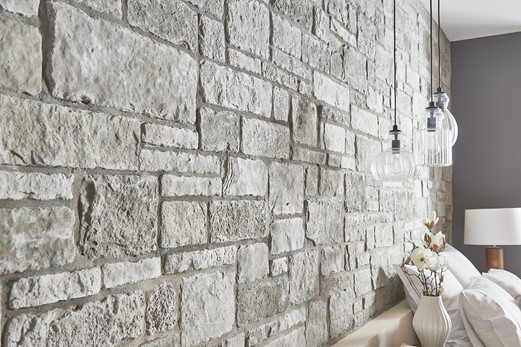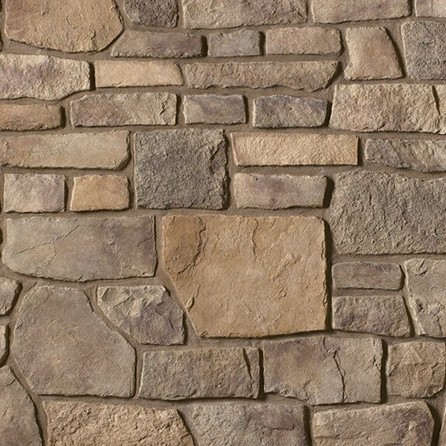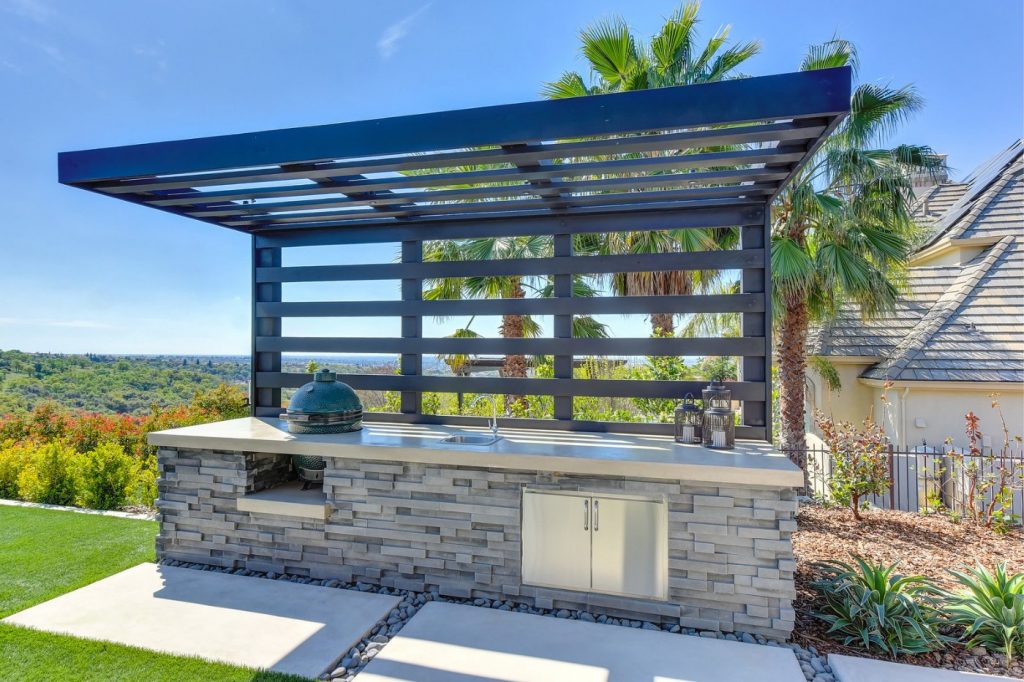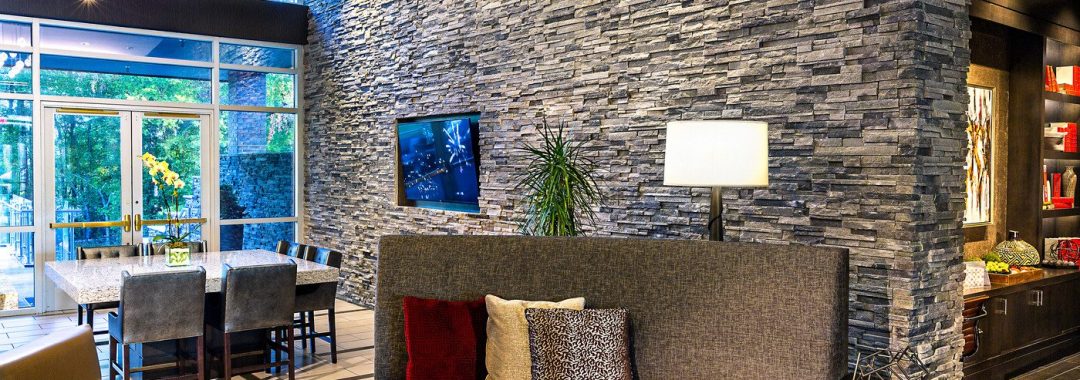
Are weeds, insects and pets taking a toll on your lawn?
Are there patches, holes or bare spots breaking up your rich green landscape?
How can you keep your summer lawn healthy and green despite all of these obstacles?
Relax! There are a few easy steps you can take to restore your lawn, no matter the size of the project. And there are suitable Scotts Lawn Care products available at GNH Lumber to help you get started!
So, whether you need to repair a few bare patches or complete a total lawn makeover, here’s what you need to know:
Patching 101
Even with regular feedings and proper maintenance, your lawn may occasionally need to be repaired. Bare spots in your lawn are common but easy to fix. Repairing bare spots not only makes your lawn lush and more enjoyable, it also helps prevent bigger problems, like weed invasions, from happening later.
To repair bare spots in your lawn, choose a patching product like Scotts® EZ Seed® Patch & Repair, which is specially designed for patching bare spots in the lawn. Rake the ground to remove any debris (like dead grass and weeds) and loosen the soil to help the tiny seedlings take root once they sprout.
Apply the product so that the bare spot is mostly covered but the ground beneath is still visible. Thoroughly water the newly seeded area until no more water is absorbed. Continue to water daily (or as needed) for at least 2 weeks or until the seedlings are 2 inches tall.
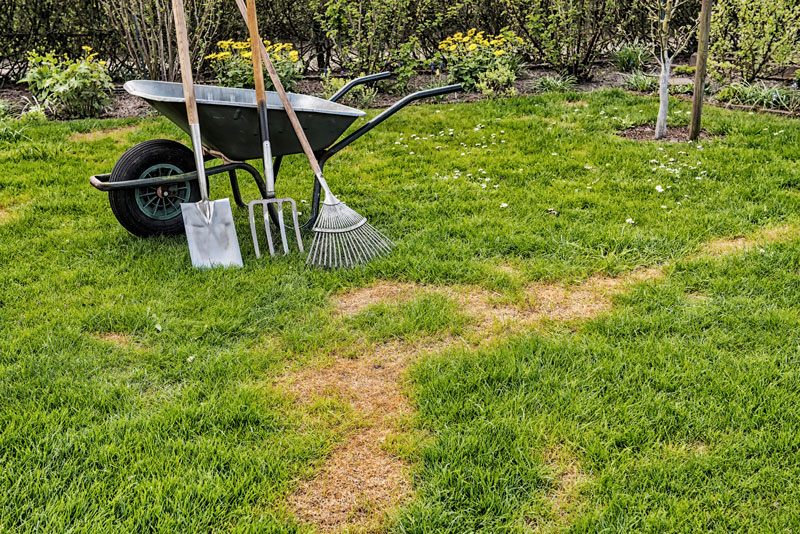
Complete Lawn Overhaul
According to the lawn experts at Scotts.com, “Sometimes a lawn will simply reach the point of no return. If your lawn is showing signs of significant damage, a lawn renovation project might be the best way for you to get a green, thick lawn to enjoy.”
Clear the area by killing any remaining poor-looking grass and all weeds with a non-selective herbicide about 2 weeks before you want to seed your lawn. After everything is dead, rake the area to remove the debris.
If your soil is really compact, now is a great time to core aerate the area. After aerating, use a rake to level out any uneven areas and loosen the top ¼ inch of soil. Then add a 1-inch layer of lawn soil evenly across the entire area.
Select your grass seed. Choose a Scotts® Turf Builder® Grass Seed that’s right for your location. Be sure to take into consideration the growing conditions in your area: How much sun? How much rain? How much wear and tear from children and family pets?
Once your soil is prepped, it’s time to seed. Just fill up your spreader with grass seed and apply. After spreading the grass seed, you should water daily. Proper watering is a critical step to seeding success. Keep the soil surface moist by watering daily or as needed until the seedlings reach at least 2 inches tall.
Next, feed your young lawn with a product like Scotts® Turf Builder® Starter® Lawn Food for New Grass to give developing seedlings needed nutrients so they can develop a deep root system faster.
And there you have it! You are now on your way to a beautiful green lawn!
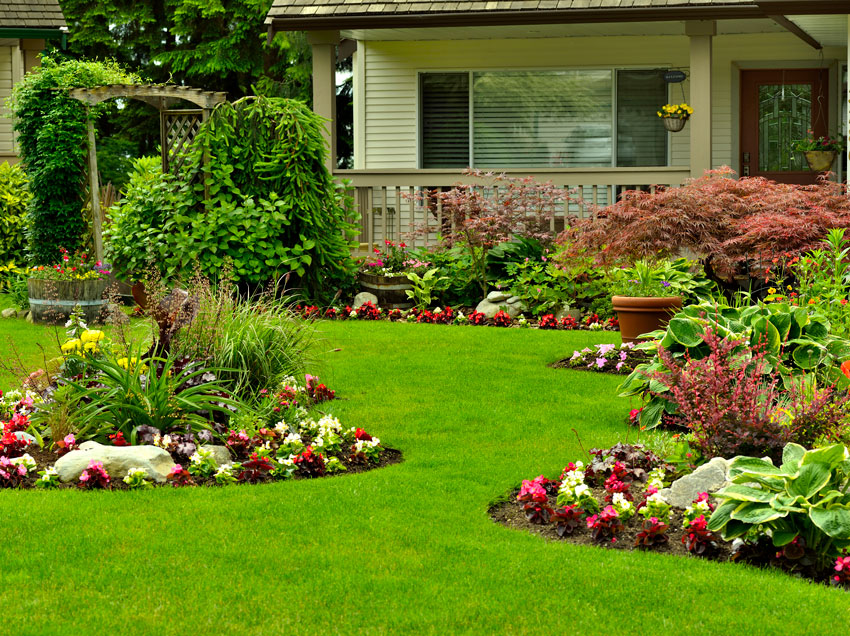
Source: https://www.scotts.com/en-us/library/grass-grass-seed/seeding-solutions-all-your-lawn-care-needs

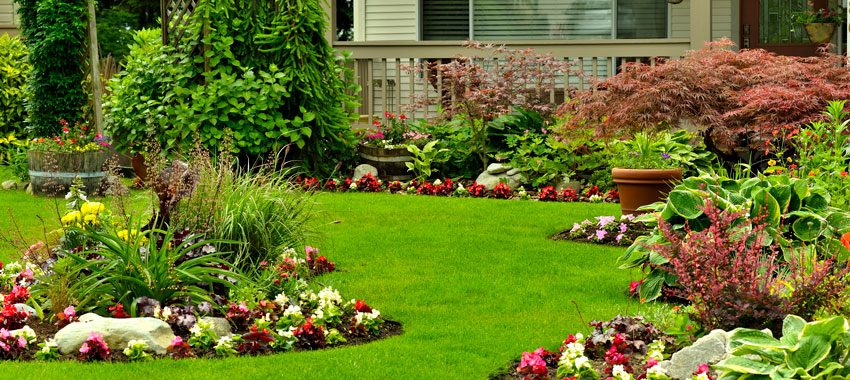
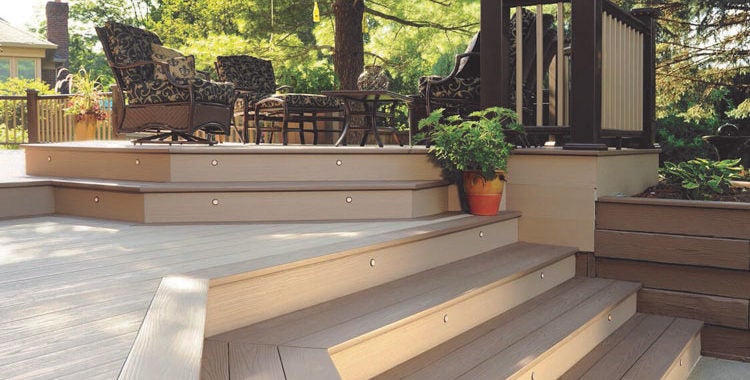
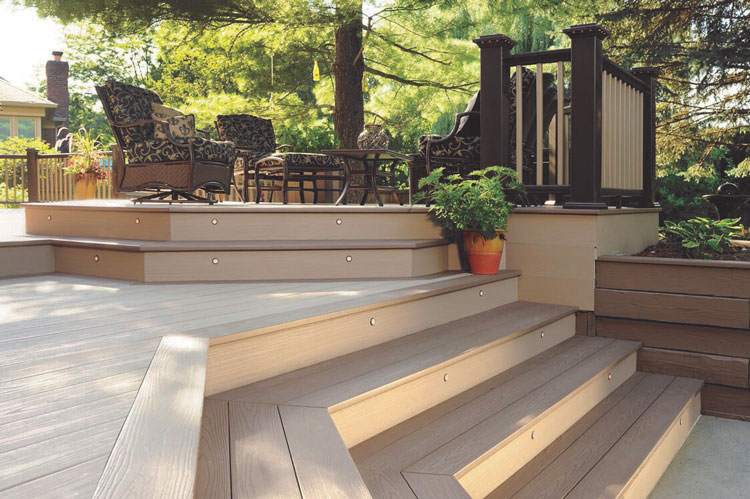
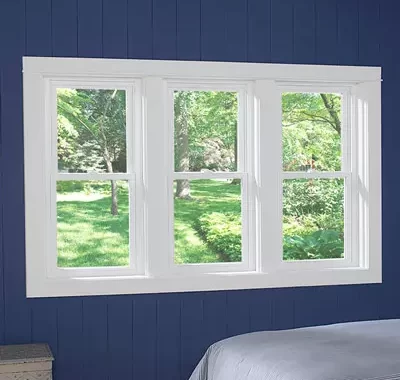
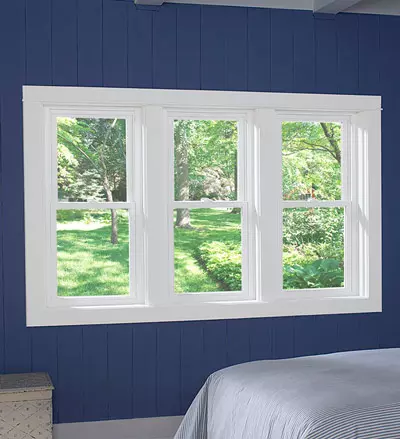 If you’re going to install replacement windows, it pays to measure windows correctly the first time and avoid the headache of placing an incorrect order.
If you’re going to install replacement windows, it pays to measure windows correctly the first time and avoid the headache of placing an incorrect order.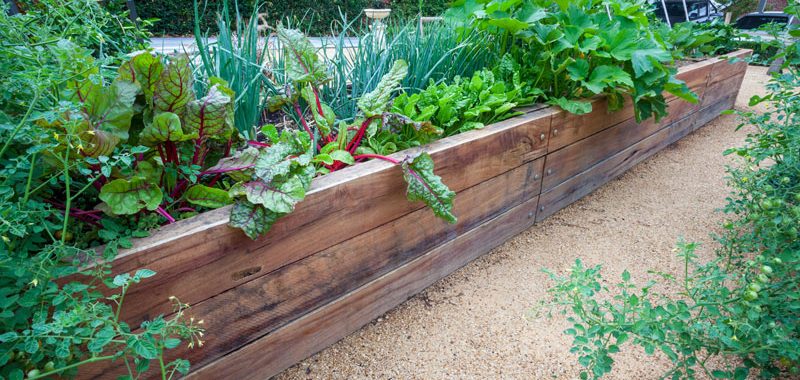
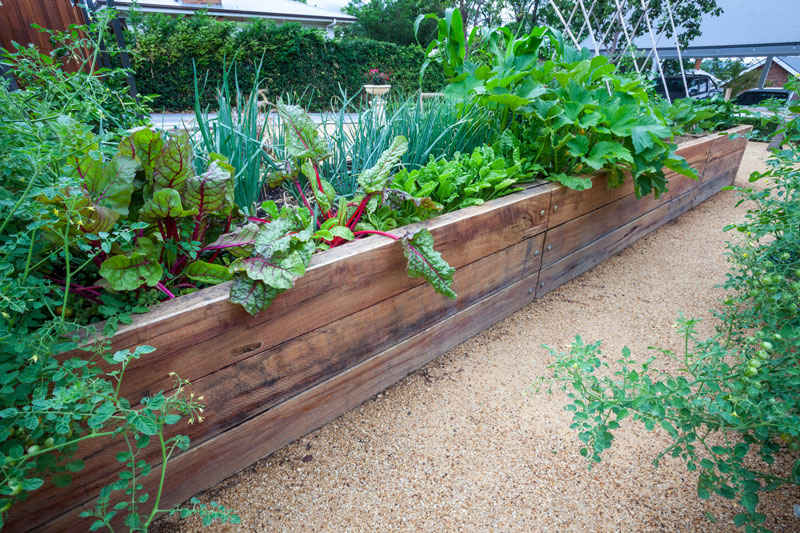
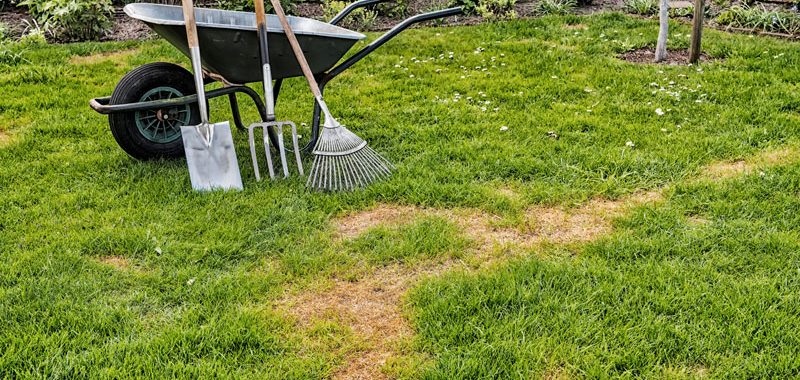
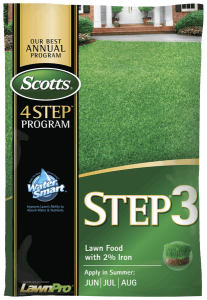
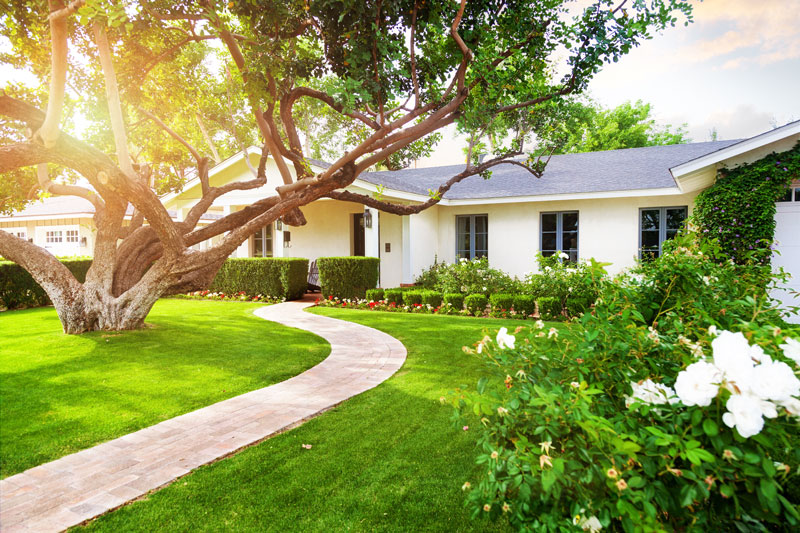
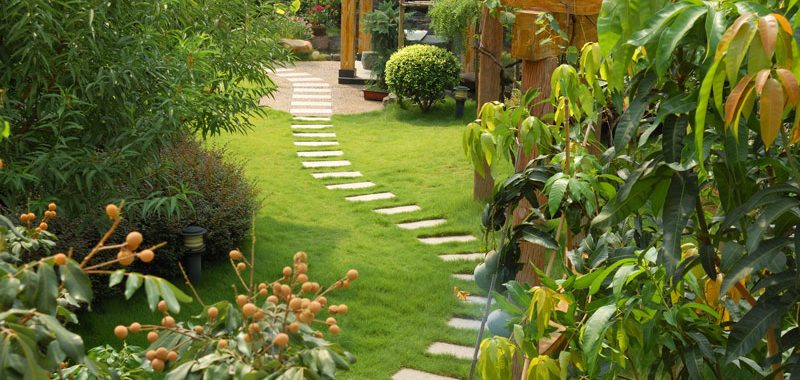
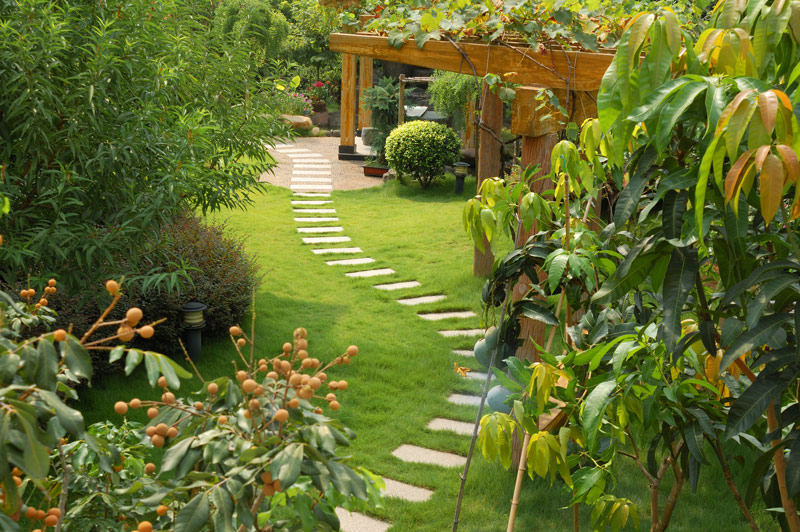 An inviting yard provides a calm atmosphere, a tranquil retreat and a relaxing place to entertain.
An inviting yard provides a calm atmosphere, a tranquil retreat and a relaxing place to entertain.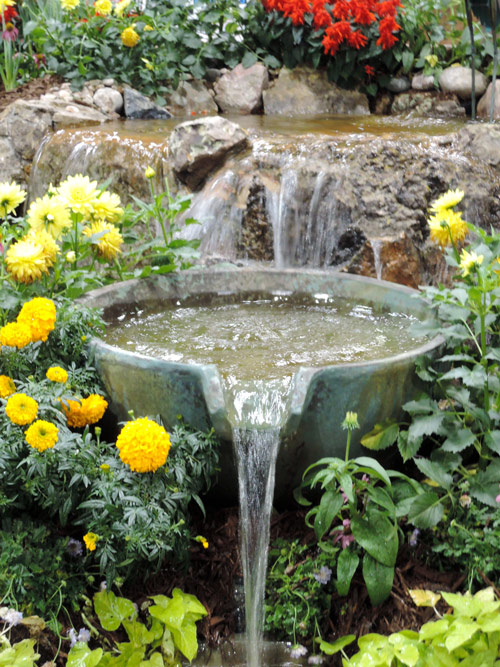
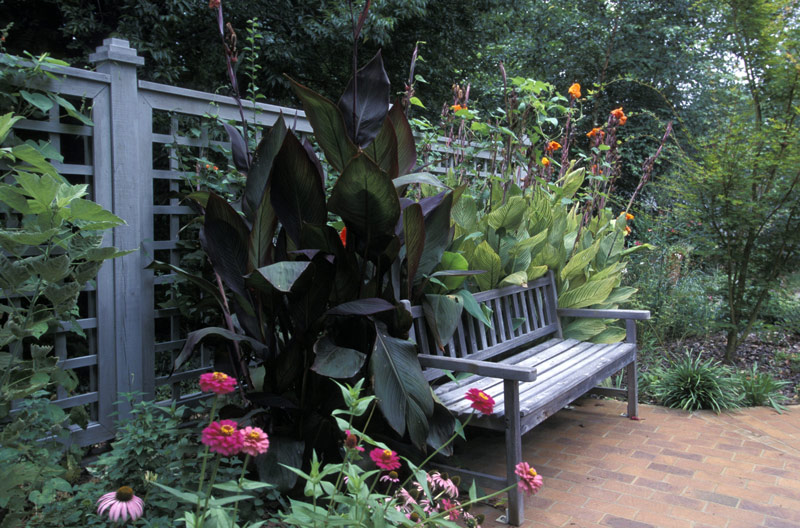
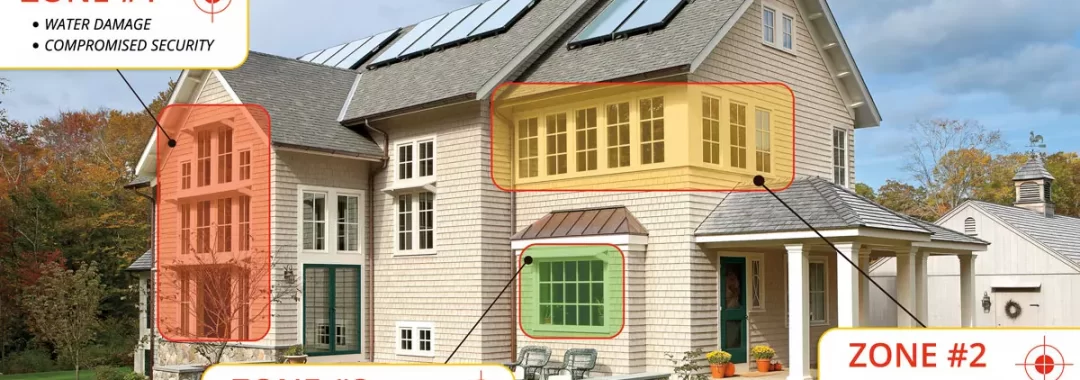
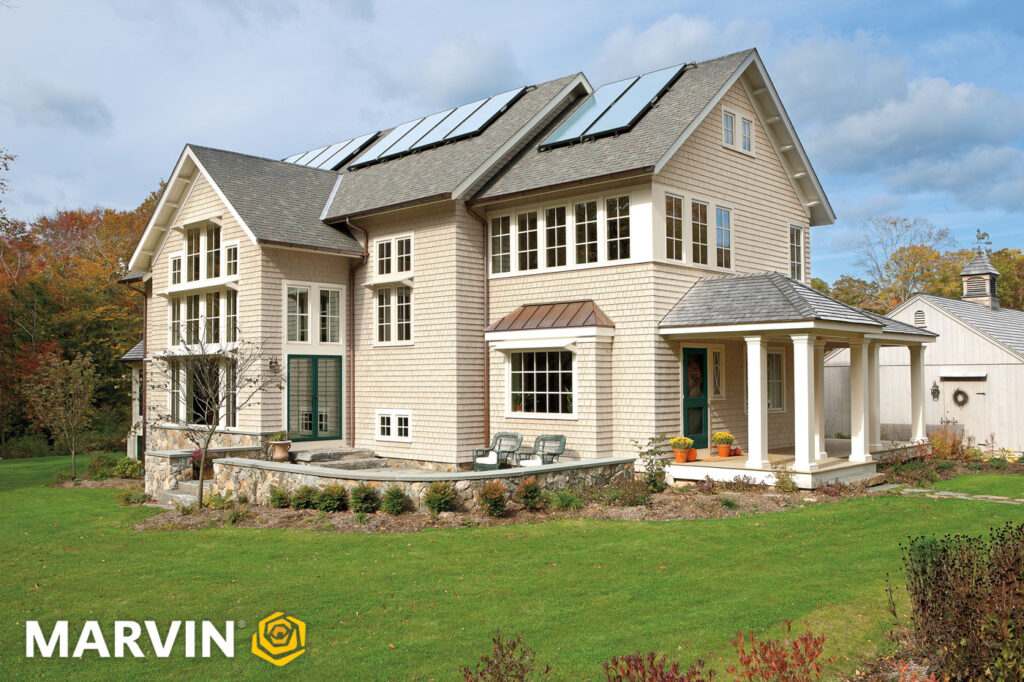
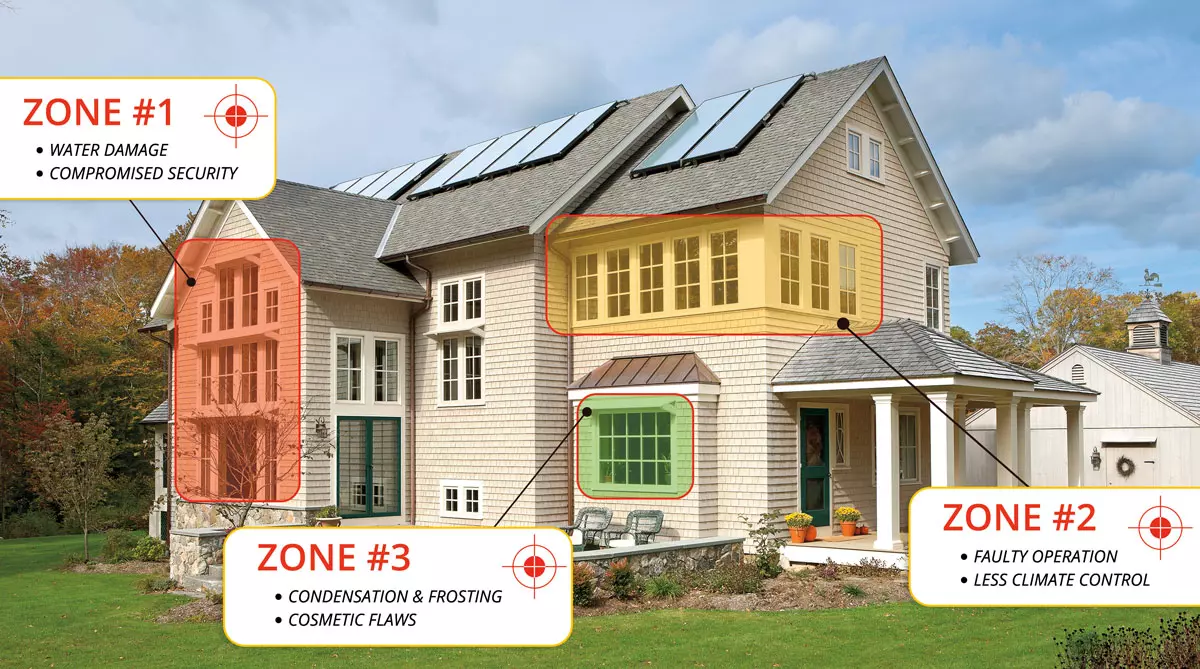
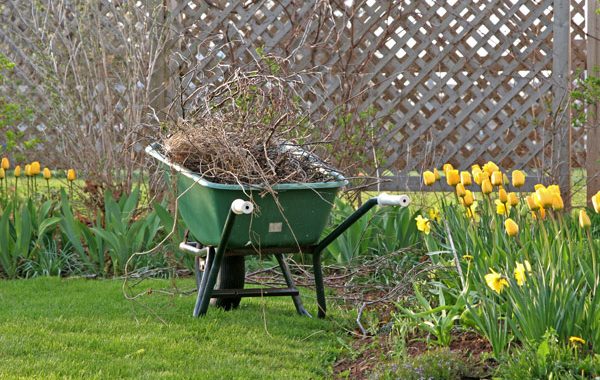
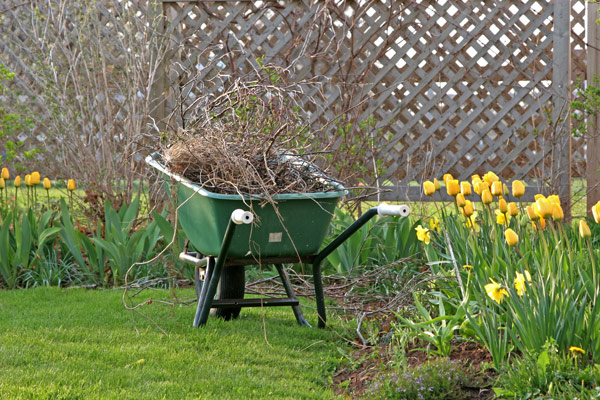 Can’t wait to get back out into the
Can’t wait to get back out into the  The first step to a gorgeous lawn all spring and summer long is a good feeding now. Fertilizing your lawn with Scotts STEP-1 Crabgrass Preventer Plus Lawn Food can improve a lawn’s ability to absorb water & nutrients. Apply to your lawn for a fast green-up after winter. It also controls crabgrass for up to 4 months!
The first step to a gorgeous lawn all spring and summer long is a good feeding now. Fertilizing your lawn with Scotts STEP-1 Crabgrass Preventer Plus Lawn Food can improve a lawn’s ability to absorb water & nutrients. Apply to your lawn for a fast green-up after winter. It also controls crabgrass for up to 4 months!
